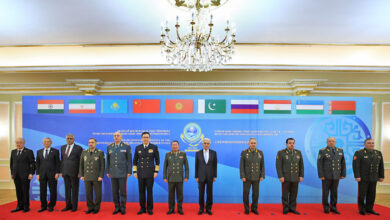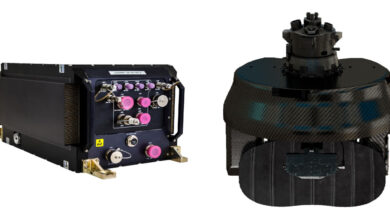General Atomics Completes Fabrication of First ITER Central Solenoid Module

San Diego. When the ITER fusion energy project in France powers up in 2025, its first operations will be enabled by the largest pulsed superconducting magnet ever built – a magnet that has roots in Southern California.
The magnet is known as the ITER Central Solenoid, and a critical milestone was reached this month when General Atomics (GA) completed fabrication of the first of six modules that will make up the solenoid (a seventh is being fabricated as a spare). The Central Solenoid, sometimes referred to as the heart of ITER, will be 59 feet tall and reside in the center of the ITER tokamak. Operation of the magnet will enable ITER to create and sustain fusion on a scale unprecedented on earth by providing 15 million amperes of plasma current. This current simultaneously heats and confines the plasma – a state of matter with large quantities of ionized particles – enabling sustained temperatures in ITER that are over ten times those of the sun.
“The Central Solenoid is essential to the operation of ITER, which makes this a significant milestone for the global fusion energy community,” said Jeff Quintenz, Senior Vice President of GA’s Energy Group. “The engineering challenge we took on with this project was enormous, but today we are seeing the payoff for that effort. The successful completion and operation of ITER should help lead to the development of fusion energy, a nearly limitless, clean energy source for our world.”
The completed Central Solenoid will consist of six stacked modules made of niobium-tin cable encased in a stainless-steel jacket. Fabrication of each module occurs over a 24-month period, beginning with precise winding and joining of seven conductor segments totaling 3.6 miles to create a layered module with strict tolerances – the two ends must be within a quarter of an inch. The module then spends a month in a massive oven to convert the niobium and tin core into superconducting material. Every turn of the conductor must be separately wrapped with six layers of insulating tape, totaling over 180 miles per module. The entire module is then insulated before being encapsulated in a special epoxy resin to stabilize and protect the coil.
All of the manufacturing processes were developed by GA under a contract from UT-Battelle, which manages Oak Ridge National Laboratory (ORNL) for the U.S. Department of Energy (DOE).
“GA has done an outstanding job to reach the difficult and important milestone of completing Module 1 fabrication,” said Wayne Reiersen, ORNL-based US ITER Magnet Team Lead. “This is the culmination of an eight-year effort involving concurrent engineering of the module design, creating a facility in which these powerful superconducting magnets could be built and tested, qualifying the manufacturing processes, and then building this first-of-a-kind module. It is a tribute to the excellence of the GA team and the corporate commitment of GA to the success of this project.”
GA is a leader in the fusion energy community, with nearly six decades of cutting-edge research addressing the most challenging aspects of fusion. In addition to its work on ITER, the San Diego-based company operates the DIII-D National Fusion Facility owned by DOE, which is the largest magnetic fusion research facility in the U.S.
Like the other six ITER members (the EU, Japan, South Korea, Russia, China and India), the U.S. directs much of its ITER contribution toward domestic manufacturing of components. This approach allows member countries to support the global effort while developing expertise and resources at home. While the U.S. is contributing about nine percent of ITER’s construction cost, it will have access to 100 percent of the results. The U.S. investment in ITER to date surpasses $1.1 billion, with more than 80% spent in the U.S. to enable domestic industries, national labs, and universities to deliver U.S. in-kind contributions for the ITER project.
GA will now perform rigorous testing on the first module to confirm coil performance. The module will be placed on a specially designed trailer after testing is complete and trucked to a port to be loaded on a ship bound for France.





